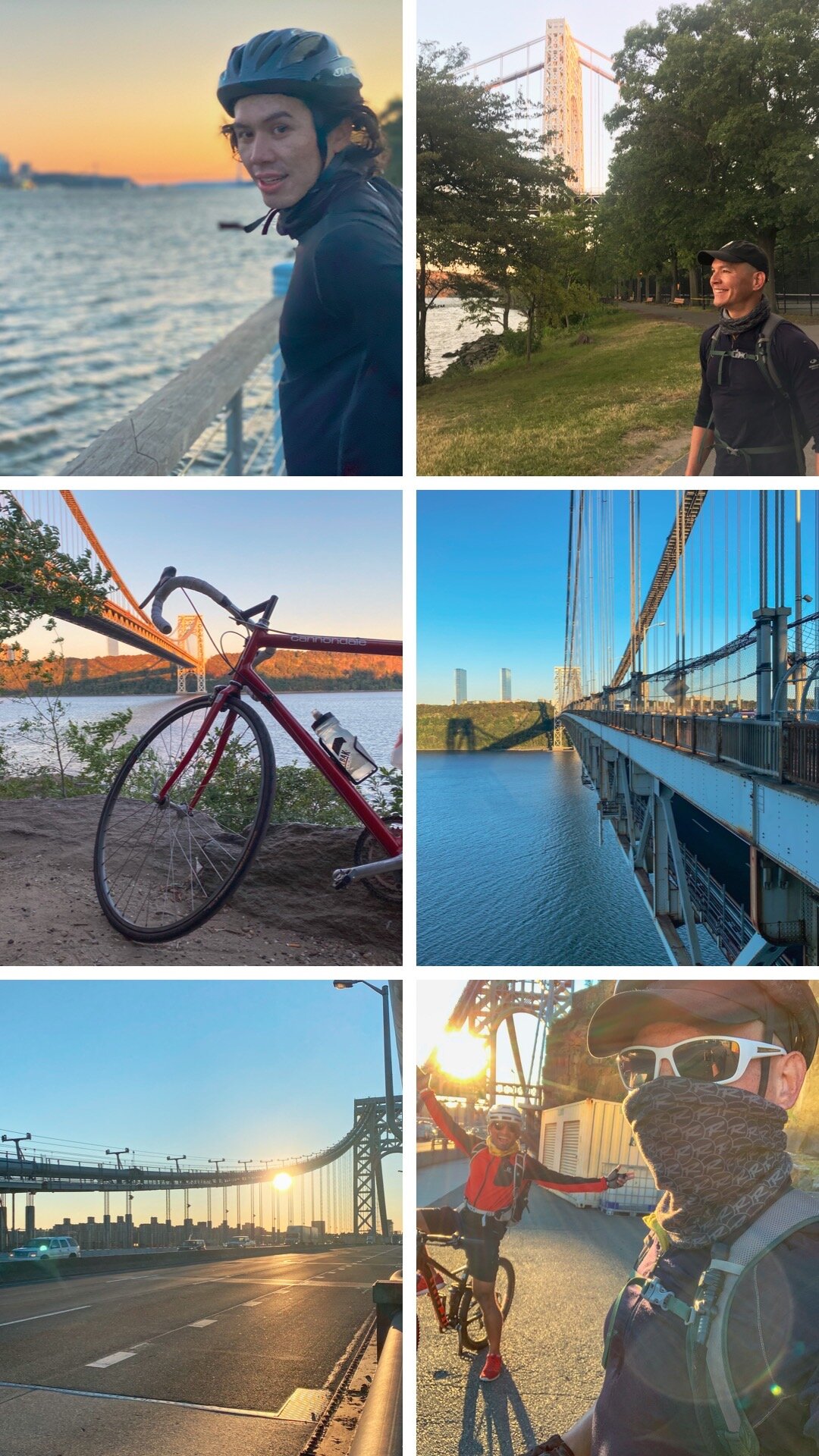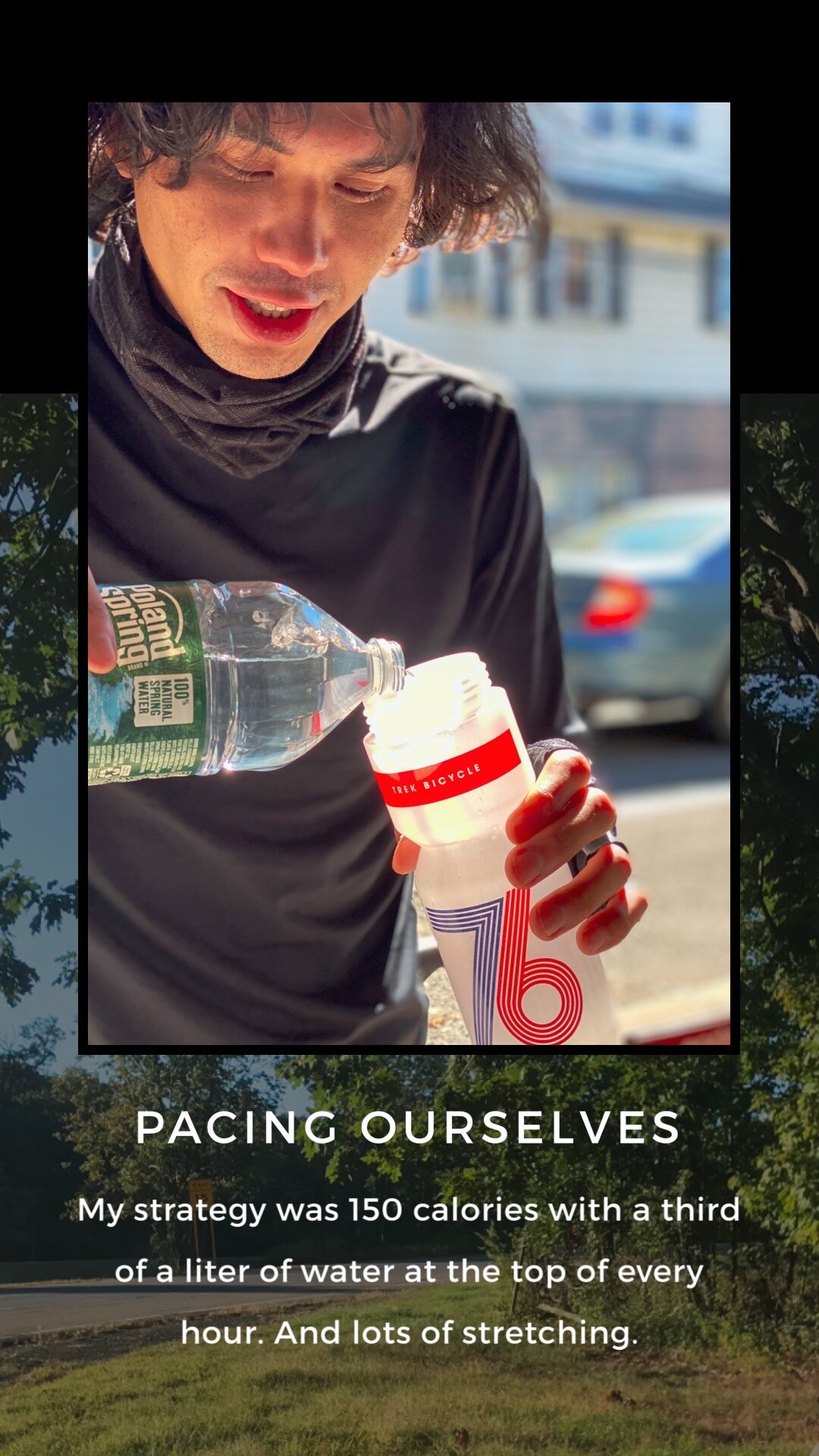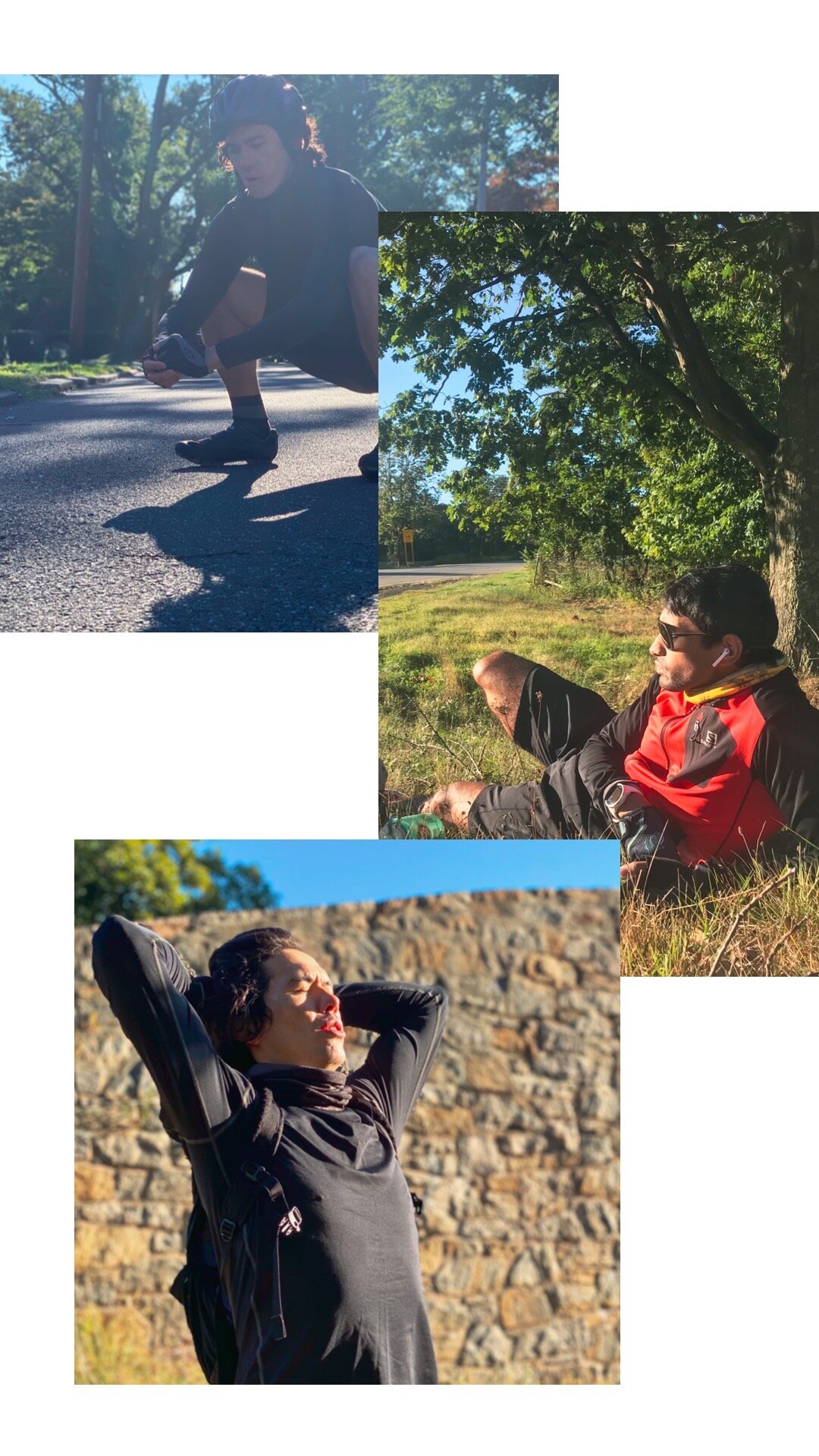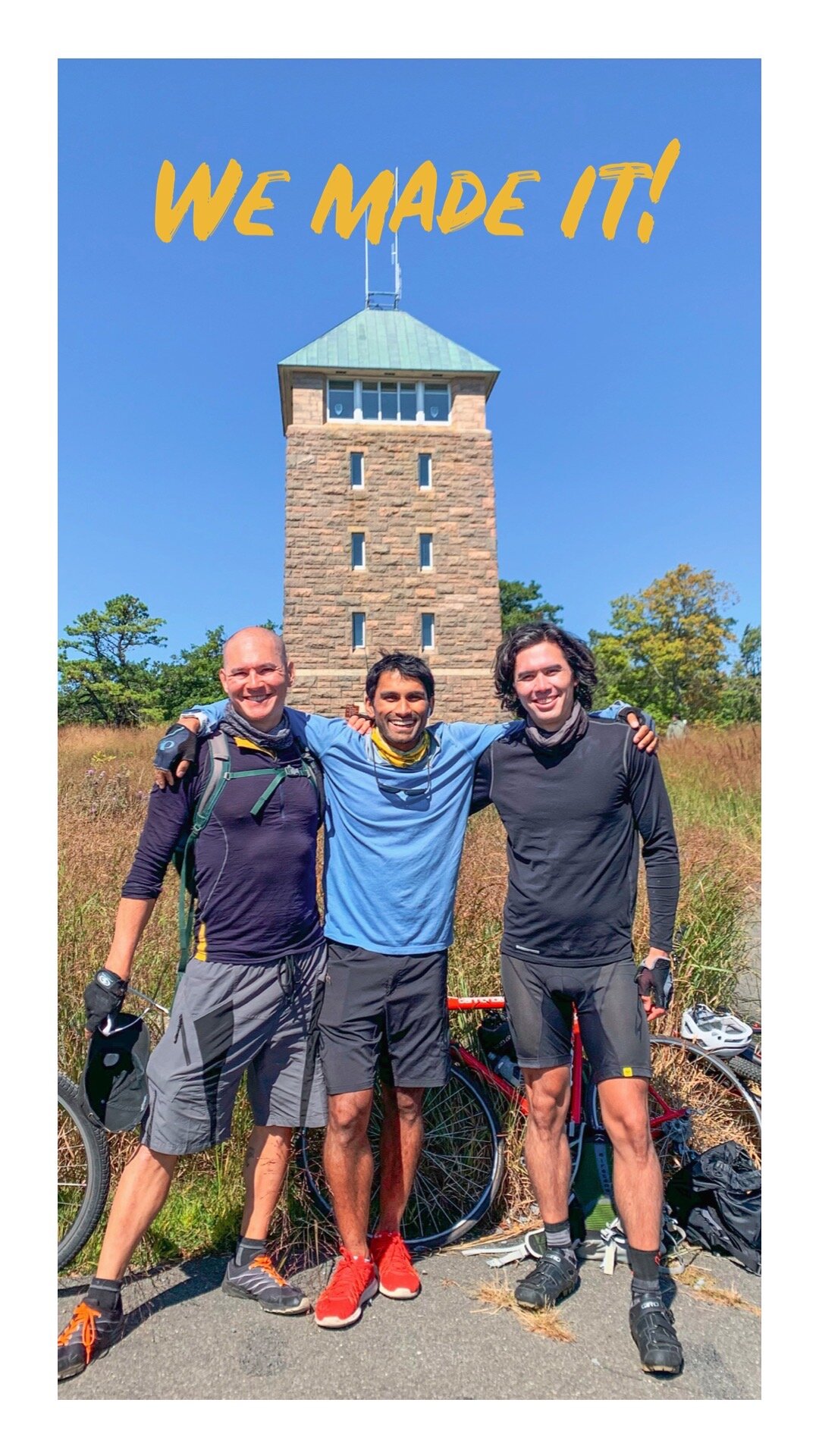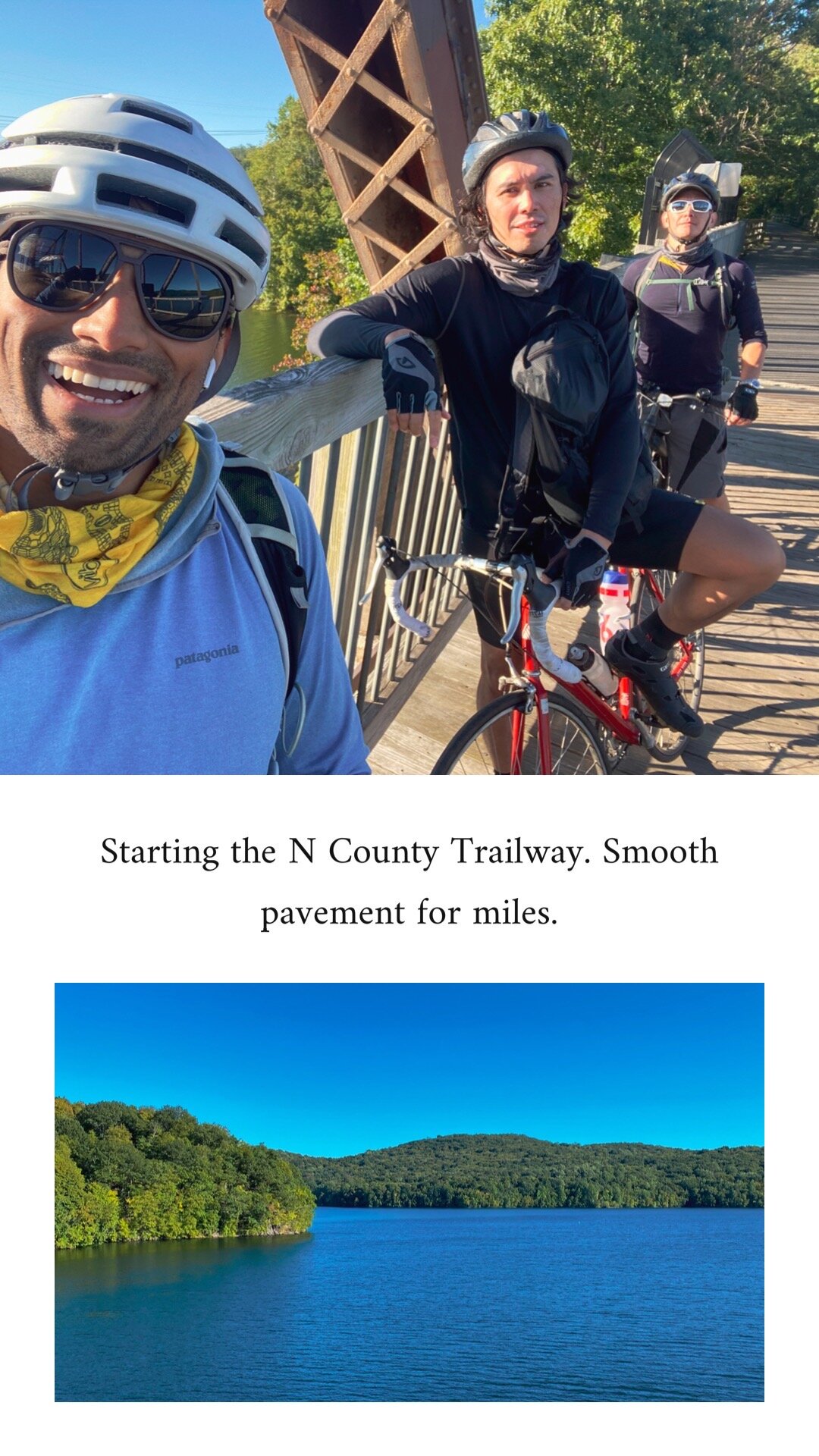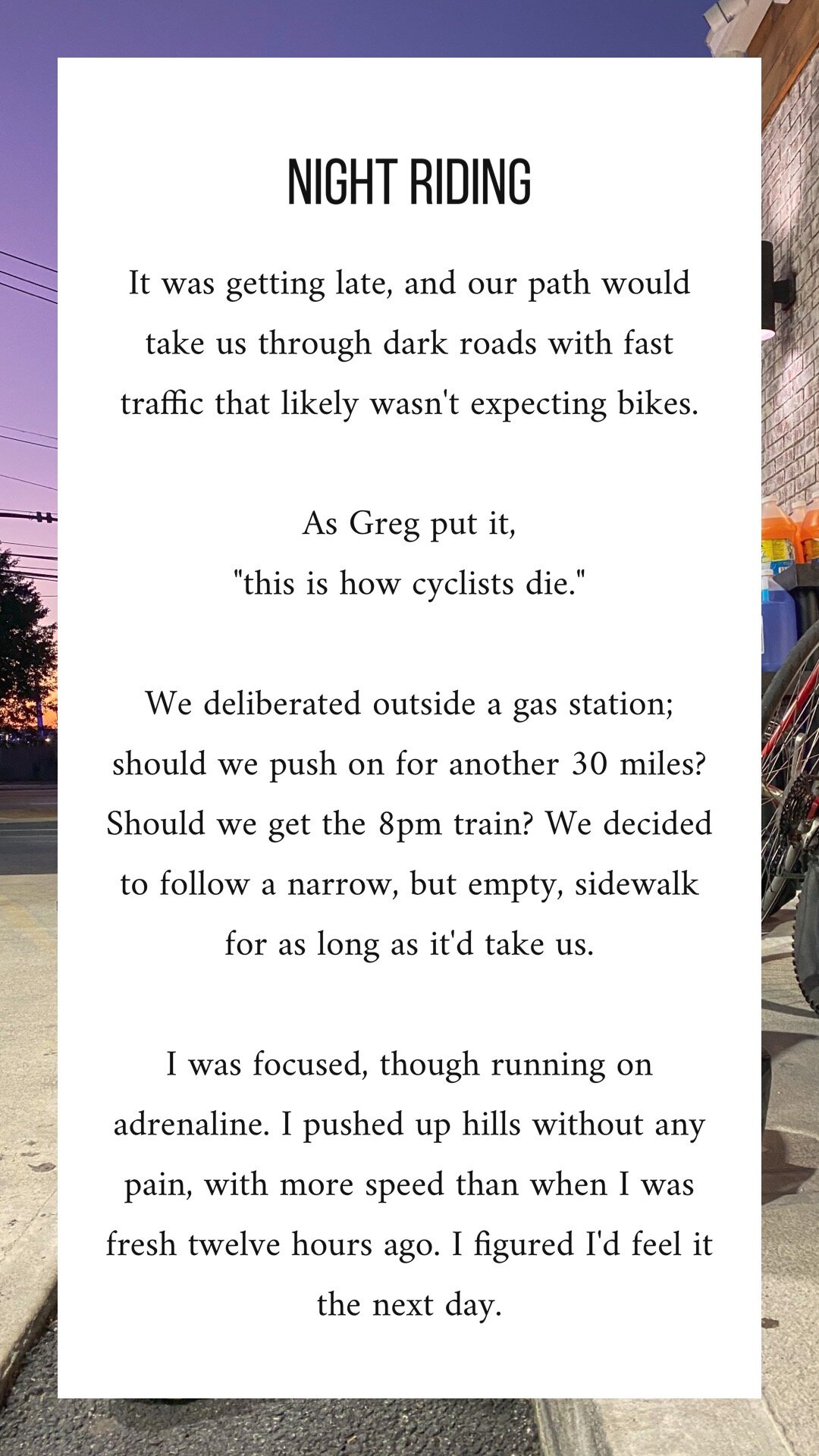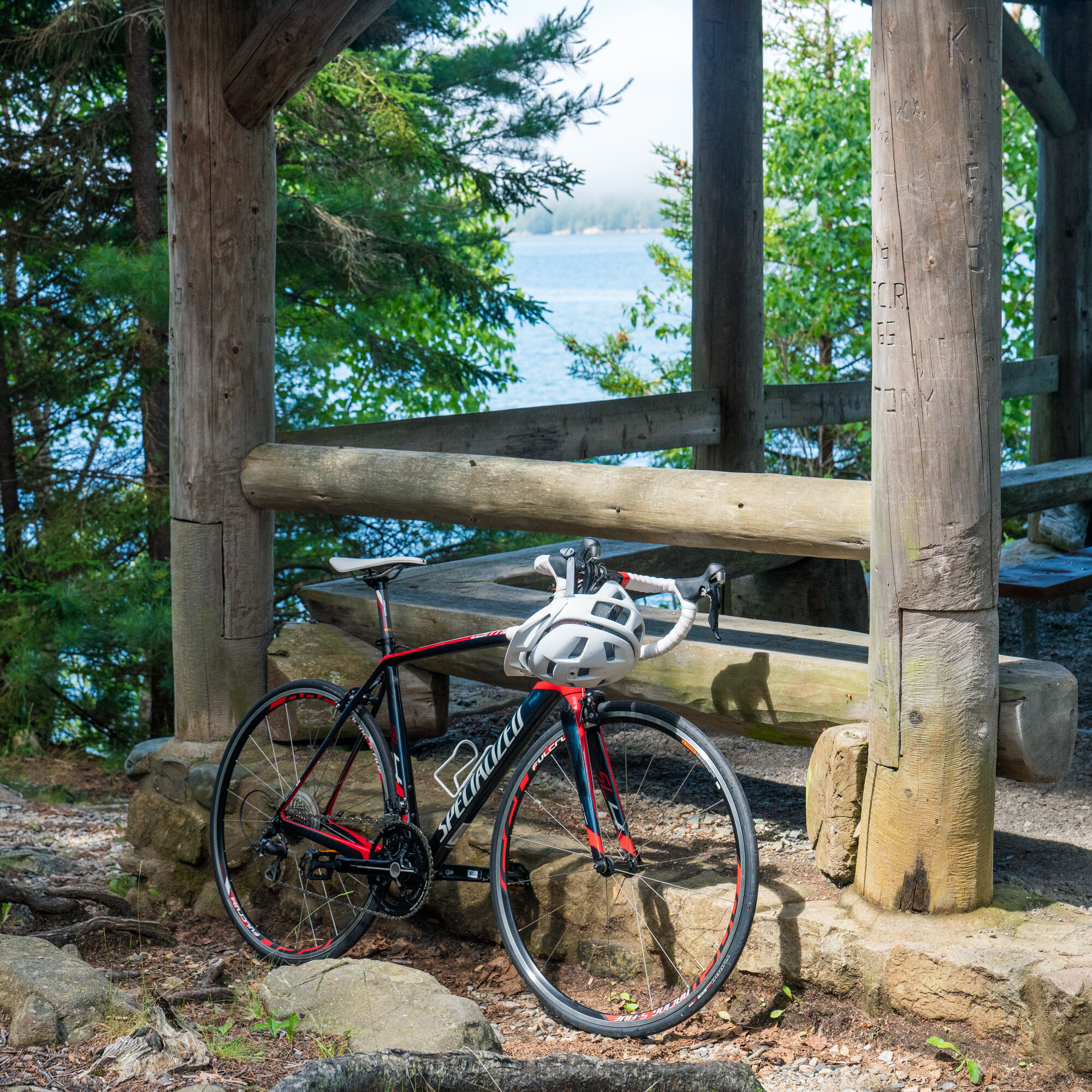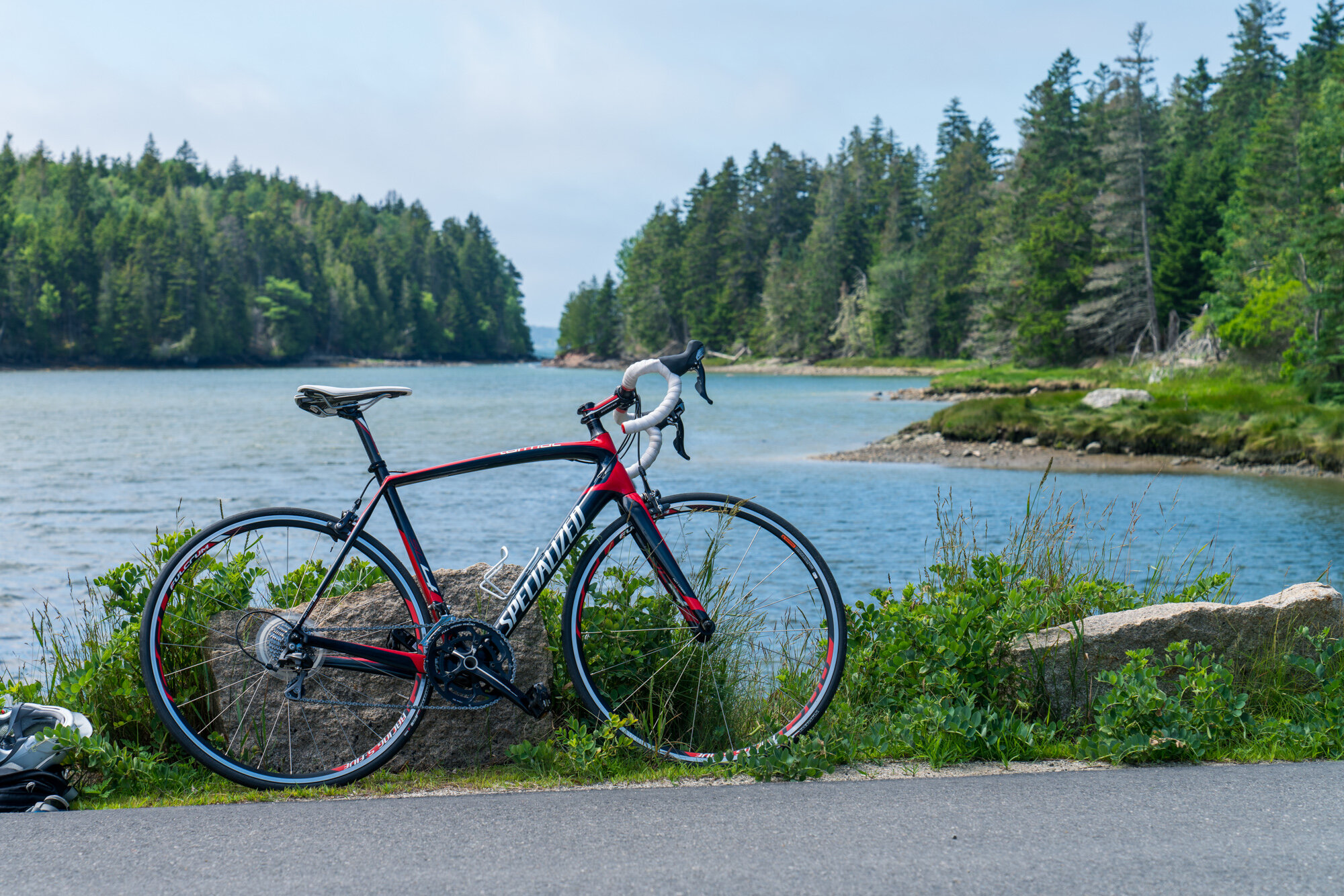This post contains affiliate links. If you use these links to buy something, I may earn a commission. Thanks for supporting me!
Here are three things that I thought were interesting. Leave your thoughts in the comments section.
SAR jet suits
As someone who carries a Garmin inReach device equipped with an SOS button into the backcountry, I found this video by Gravity Industries quite exciting. It shows a demo of a search and rescue in the UK, where the paramedic gets to the victim in 90 seconds using a jet suit, saving nearly a half hour. Footage of a human gliding through the air in the mountains is quite surreal. The machinery looks quite clunky, but like anything the tech is always improving. Who knows what applications there are on the horizon.
Car battery booster pack
I haven't needed to own my own car til last year. I finally had to immerse myself into the world of car ownership: scheduling oil changes, comparing insurance rates, and dealing with intermittent bursts of worry that it'll get broken into. Over the last decade, I've had three friends whose car batteries died on them. In all instances, we were far from any city or town, parked at a trailhead or in the middle of an endless dirt field. We were mostly lucky to have another car nearby equipped with jumper cables. In one instance though, we endured a long and memorable night.
Until recently, I resigned to the fact that this was the norm of car ownership: a battery is bound to die at some point from accidentally leaving a light on and you’d better hope a friendly person is around. I found learned quickly that's not the case. You could just buy a brick-shaped battery that could bring the juice back to your car within a minute. It's unbelievable to me that everyone doesn't carry one of these in their trunk. You could even charge your phone with it in an emergency. There are several variations of this gizmo, some expensive models adding features like the ability to inflate your tires. I kept it simple (NOCO Boost Sport GB 20 500A) and went with reliability for a solid price. So far I haven't needed to use it, but there's tons of praise for this thing across the web. It feels like a no-brainer.
Timelapse of the universe
Even if you're not scientifically inclined, I'd encourage you to watch at least the first two minutes. Capturing over 50M views as of this writing, the video is a stunning glimpse into what's in store for the future. It seems bizarre, illustrating what'll happen trillions of years ahead, but the predictions are grounded in real science (e.g, we know the Sun will die out, the earth's magnetic poles reversing, etc). In the YouTube comments there's an unmistakeable mood of feeling insignificant, afraid, and amazed in the face of this realization. Here's a favorite line: "…and you afraid to talk to the person you like."

























































